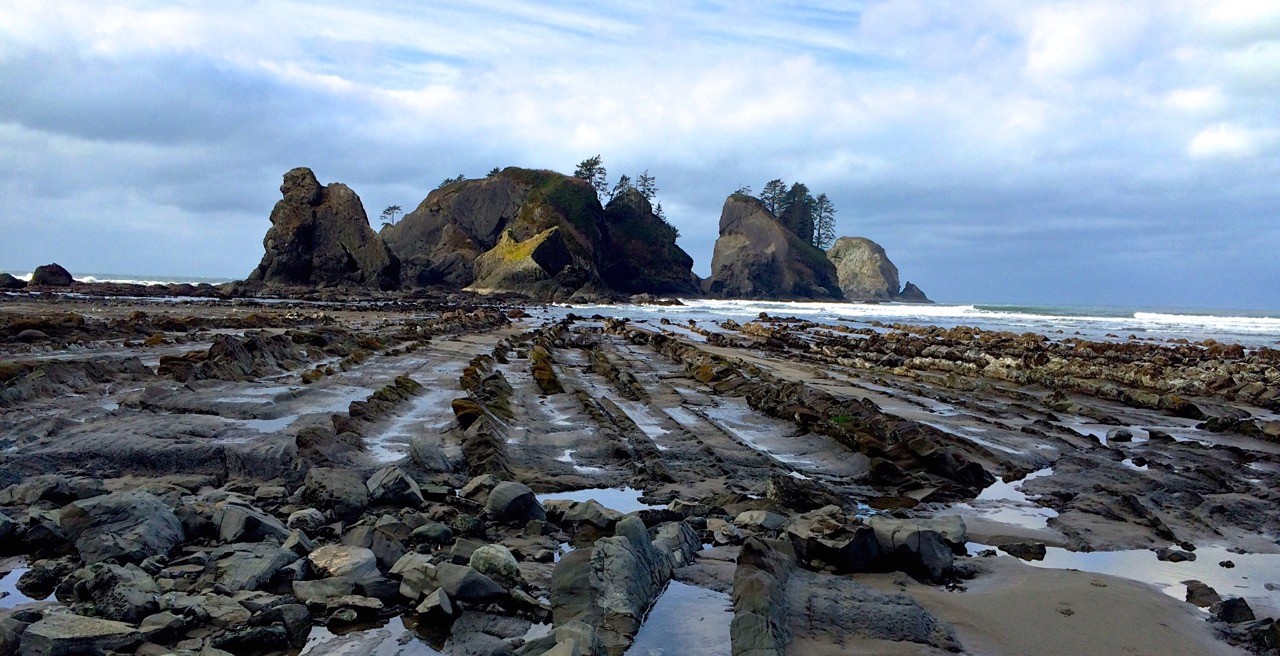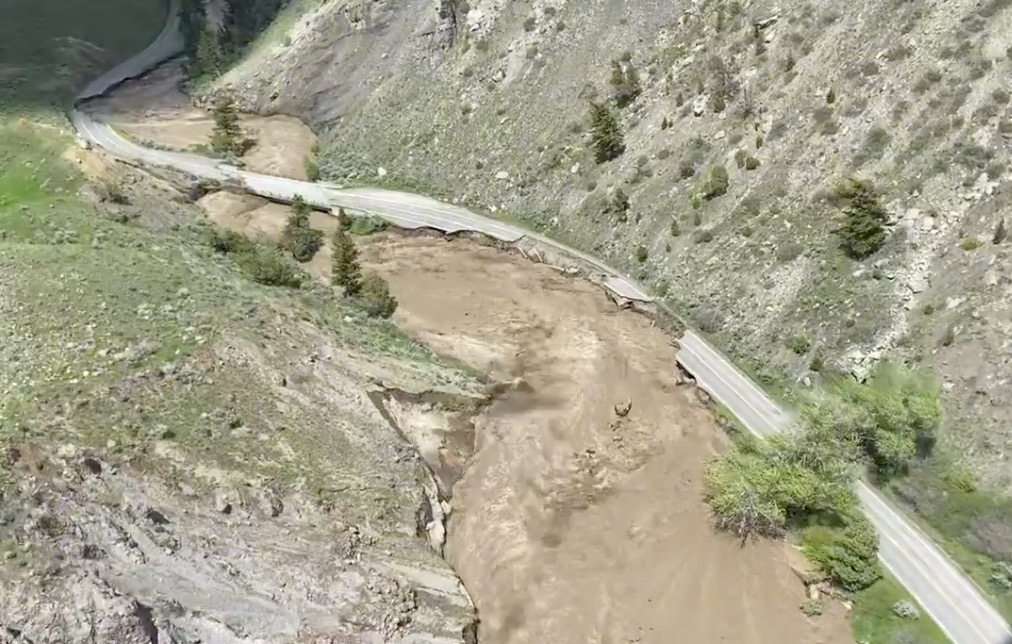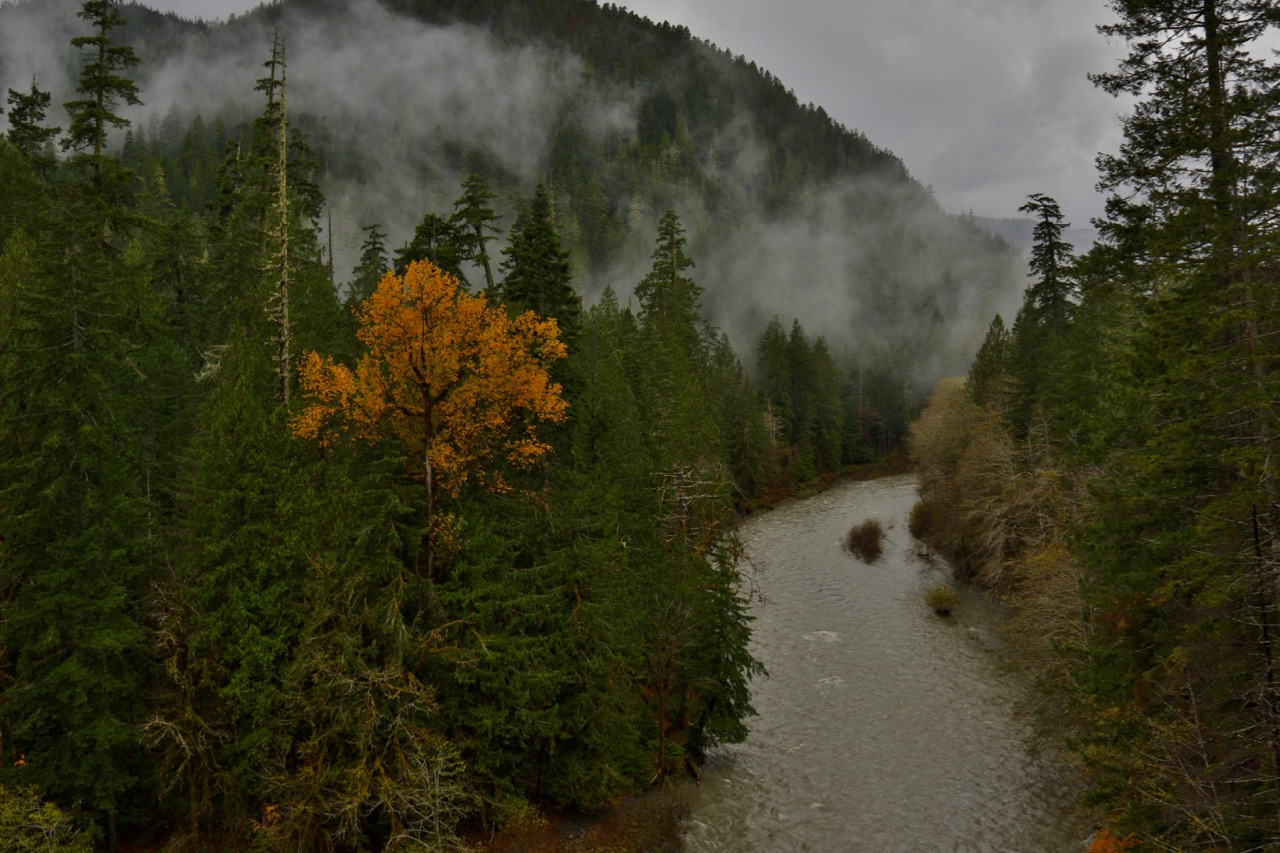2016 was an excellent year for Olympic National Park, seeing what is slated to be its 6th most-popular year on record. In 366 days of 2016, thanks to a leap day thrown in at the end of February, over 3.4 million people are estimated to have experienced the beauty and majesty of the Pacific Northwest’s favorite National Park. In fact, the year was so good that it nearly became a top five year for this incredible stretch of Pacific Northwest wilderness, missing out on passing 2001’s numbers by mere thousands. For 2016, Olympic was once again the seventh most-visited National Park in America, continuing a streak of top 10 listings since records were officially started in 1979.
Despite numerous road closures, washouts and storm damage, Olympic was hit with wave after wave of visitors, all hoping to see wilderness up close and personal. From the stunning ridges of the north, out to the rainforests and wilderness coast of the west and forgotten ruggedness of the Hood Canal side of the park to the east, Olympic helped inspire millions of Americans to fall in love with Public Lands. Thanks to an aggressive campaign to #FindYourPark in 2016 for the NPS’ 100th anniversary, nearly all of America’s National Parks saw an increase in popularity compared with 2015. The 3,390,221 visitors in 2016 is a 3.87 percent increase from 3,263,761 visits in 2015 and 4.5 percent increase in visits from 2014. Olympic National Park was the seventh most visited park in the country during 2016. One of the most notable changes in visitation trends is the number of backcountry campers with an increase of 13.3 percent from 88,587 in 2015 to 100,347 in 2016.
For many, 2016 in Olympic National Park felt crowded, even in the backcountry. However, the backcountry of Olympic saw its 8th-most popular year on record. While some bitter, backcountry campers and hikers may say it felt more crowded, we assume they are just not good at sharing an entire ridge or valley with a few other people. Sure, some regions were packed, but it was a glorious summer, full of people wanting to experience and witness the beauty of wilderness firsthand. The trails were popular, the well-known destinations filled up quickly and camping was hard to find. Welcome to summer in America’s National Parks.

The most popular regions of Olympic, in order of most visited to least visited, were Lake Crescent, Kalaloch, Hurricane Ridge, the Hoh, LaPush, Quinault, Staircase, Ozette and the Elwha. The Elwha region is once again skewed, thanks to numerous closures and restrictions to entry. Had the Elwha been open, it would have easily passed both Ozette and the Staircase regions in popularity. Keep in mind that each of these are officially reported numbers, so don’t complain to us about the data. Every park has slightly skewed data for visitation and we are all working with the best information that we have.

The Lake Crescent region, which includes the Sol Duc entrance, saw nearly two million visitors. While many of those were counted only for driving along Highway 101 and stopping along the lake, this region of the park is always the most-visited and home to iconic views of Olympic. This is also many people’s first Olympic destination, allowing them to continue to the Hoh, Coast or elsewhere. The area also saw over 12,000 people in the backcountry and over 40,000 in its campgrounds. For the year, reports show that over 50,000 people stayed at the Lake Crescent Lodge.

Second in popularity was the Kalaloch Region, also located along Highway 101. Seeing just under 700,000 visitors, the Kalaloch area of Olympic is most visitors first taste of the wild and rugged Washington Coast. Highlighted by the Root Tree Cave and Ruby Beach, Kalaloch is gorgeous and extremely accessible. During 2016, over 30,000 people stayed at the lodge, nearly 65,000 stayed at the campground and 500 applied for backcountry permits.

The third most-visited region of Olympic was found at the stunning sights of Hurricane Ridge. Despite a fire during the summer months restricting access to some of the popular trails and roads, Hurricane Ridge saw over half a million visitors along its windswept ridges. Nearly 35,000 people camped at the region’s campgrounds, while 15,000 applied for backcountry permits. It is also reported that over 25,000 people took a day hike in the region. Pretty awesome!

Next up is the Hoh. For the year, the Hoh Rainforest had around 350,000 visitors from around the world. Walking along the trails or taking in the rainforest, the Hoh is the quintessential American rainforest. Nearly 17,000 people camped at the Hoh Campground and a whopping 14,000 hiked and camped in the majestic backcountry toward Mount Olympus.

Out along the coast, the beached around LaPush were the fifth most-popular region of Olympic. With around 330,000 people hiking along the coast, the sea stacks and wilderness coastline of Olympic got plenty of love. Second and Third Beach saw over 130,000 people, while Rialto Beach had nearly 200,000 people explore the driftwood and tide pools. Despite road closures and storms, over 22,000 people camped at the Mora Campground while 13,000 applied for backcountry permits.

Despite a washout to the road leading to Graves Creek, the Quinault region of Olympic had a fantastic showing in popularity. Coming in at 6th, the Quinault region saw nearly 220,000 visitors in 2016. Nearly 6,000 people camped at the campgrounds or took backcountry permits in the area. The numbers for this place would have been higher, but the washout along the Graves Creek road drastically impacted visitation.

Staircase is the 7th most-visited area in Olympic for 2016. Located along the often overlooked and forgotten about Hood Canal side of Olympic, Staircase gives access to incredible hiking, backpacking and mountain climbing. For 2016, nearly 100,000 people visited the area, with over 10,000 of those staying at the Staircase campground. Nearly 1,000 people applied for backcountry permits, hopefully falling in love with places like Gladys Divide, Black and White Lakes and Home Sweet Home.

The stunning beaches of the Ozette region come in at number eight, seeing over 85,000 people in 2016. The Ozette campground had nearly 4,000 people spend the night, while the backcountry permits for both Ozette and Shi Shi Beaches was over 30,000! Shi Shi Beach saw over 40,000 people this year, while Ozette got the remaining 45,000.

Finally, the Elwha region of Olympic came in last place for popularity. Thanks to numerous road closures, washed away campgrounds and generally a rough year for visitors in the region, this once popular region was largely ignored. According to park statistics, the Elwha area of Olympic only saw around 12,000 people all year. Apparently, this was where you should have gone if you wanted solitude in wilderness! Of those 12,000, nearly 2,500 had backcountry permits.
BEST 10 VISITATION YEARS OF OLYMPIC
- 1997: 3,846,709
- 2002: 3,691,310
- 1995: 3,658,615
- 1998: 3,577,007
- 2001: 3,416,069
- 2016: 3,390,221
- 1994: 3,381,573
- 1999: 3,364,266
- 2000: 3,327,722
- 2009: 3,276,459
Parks will have to adapt to visitors numbers increasing in the future, but the blame is not on those individuals who want to experience the backcountry bliss or front country splendor. Nor is the blame on social media, as some like to assume. Instead, it is on the dwindling destinations where people can go and experience wilderness. We have a Congress that does not fully fund our parks or help to create and protect new lands. Some will still try to cast blame toward groups publicizing areas, but the truth of the matter is, we have the third largest population on the planet and people want to experience nature. We have a culture and a history of exploration and adventure and need to figure out a way to show others how to be excellent stewards of the land. The people are coming and will continue to come to wilderness regions around the nation. We get to define adventures in our National Parks for future generations and it is time we start having productive conversations. We, as outdoor enthusiasts, need to educate everyone on Leave No Trace Principles, not hope the areas we love remain our special, selfish secret. It is time we look at data and figure out a way to make parks work for everyone, not just those who feel entitled to the lands because they are in our backyard.
In 2016, the National Parks System received 330,971,689 recreation visits in 2016—up by 23.7 million visits (7.7%) over 2015. 382 of the 417 parks in the National Park system count visitors and 77 of those parks set a new record for annual recreation visits.
EXPERIENCE OLYMPIC LIKE AN EXPERT:
THE DEFINITIVE GUIDE TO THE OLYMPIC NATIONAL PARK & OLYMPIC PENINSULA.

Buy Now!



